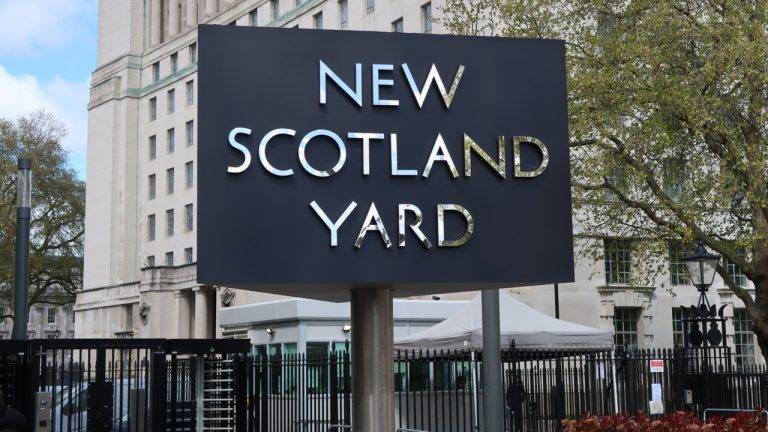
Aspen Digital aims for the Europe, Asia and Middle Eastern markets, leading the initiative by establishing headquarters in London and Singapore.
Prominent British banker Jacob Rothschild's investment firm Rothschild Investment Trust (RIT) Capital Partners partnered with New York-based Liberty City Ventures to lead pre-A funding for Aspen Digital, a crypto asset investment platform.
According to the official announcement, the funding round ended up raising $8.8 million to help the Hong Kong-based company develop an institutional crypto investment platform targeted at asset managers, institutions and professional investors. Aspen Digital CEO and co-founder Yang He said that the funding would also help the company penetrate into the London market.
The announcement states other prominent investors include Somerley Capital, Cherubic Ventures, Token Bay Capital, and Thailand’s richest family and owner of Fortune magazine, Chatchaval Jiaravanon and Chaval Jiaravanon. With the platform’s launch before the end of this year, Aspen Digital has shared intent to target budding Europe, Asia and the Middle Eastern markets. The company is currently planning to lead this initiative by establishing headquarters in London and Singapore.
Citing the rising interest for a single portal to manage all crypto holdings, Yang He said:
“To have the oldest wealth management family in the world putting trust in us as a platform solution for the new world of crypto investment is a great validation.”
Adding to its existing services such as client portfolio reporting, risk management, market insights, and custody solutions, Aspen’s new platform aspires to centralize prominent crypto offerings from market leaders including Celsius Network, Hex Trust and FTX.
Along similar lines, Cointelegraph previously reported on a survey highlighting investors' interest in buying more crypto assets. Based on the information collected across a small group of 50 wealth managers and 50 institutional investors, 40% shared their intention to “dramatically increase their holdings.” However, the London-based surveyor Nickel Digital Asset Management highlighted that “many (investors) have just been testing the market to see how it works.”
Related: Thailand’s XSpring Capital raises $225M to build integrated financial marketplace
Just three months ago, Rothschild’s RIT invested $5.3-billion to acquire a stake in the Kraken crypto exchange. Based on Cointelegraph’s report, the move was made just as Kraken prepares to “go public through a direct listing in 2022.”
Back in December 2020, RIT was also involved in a $142M funding round for Paxos, a stable coin issuer partnered with PayPal.















